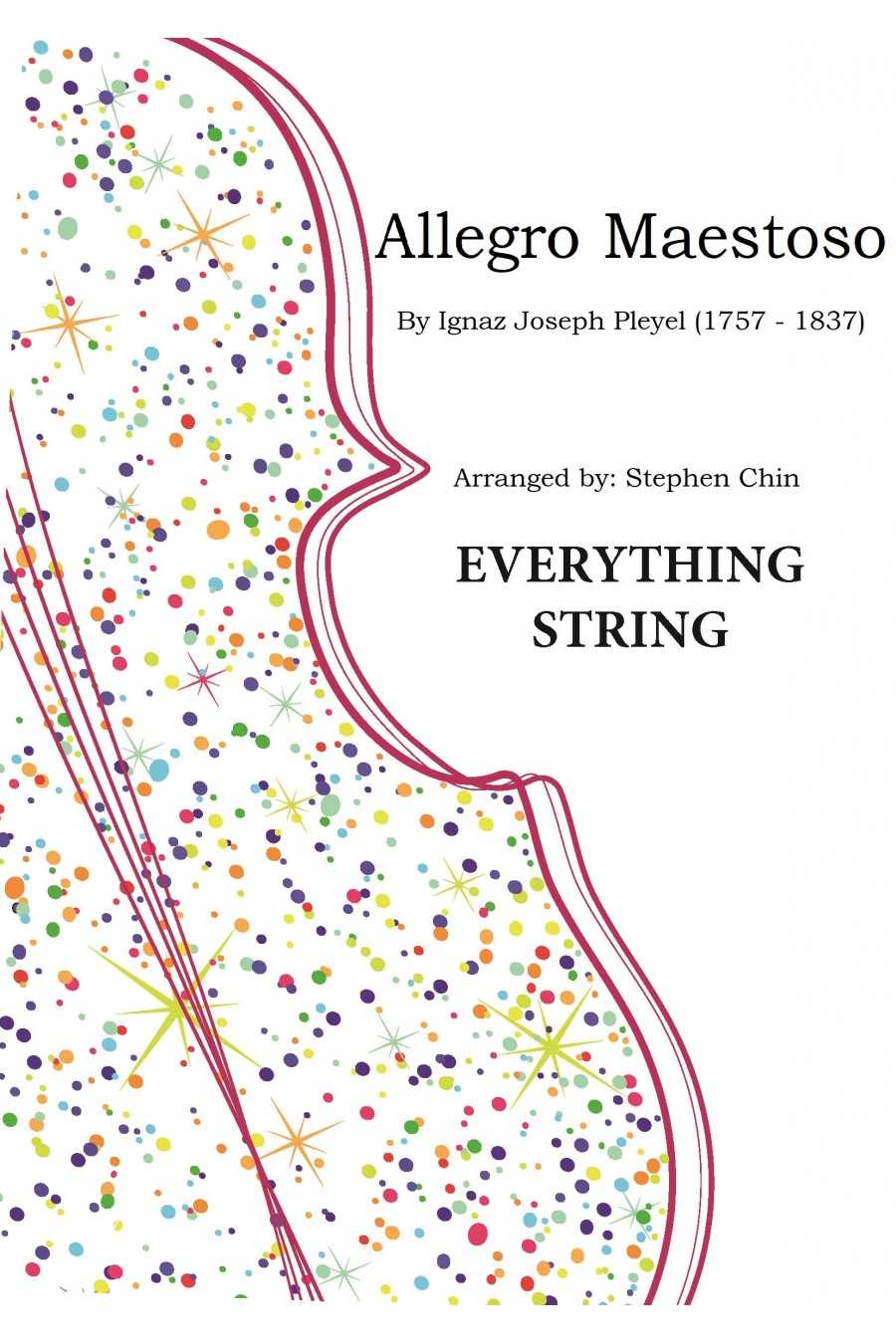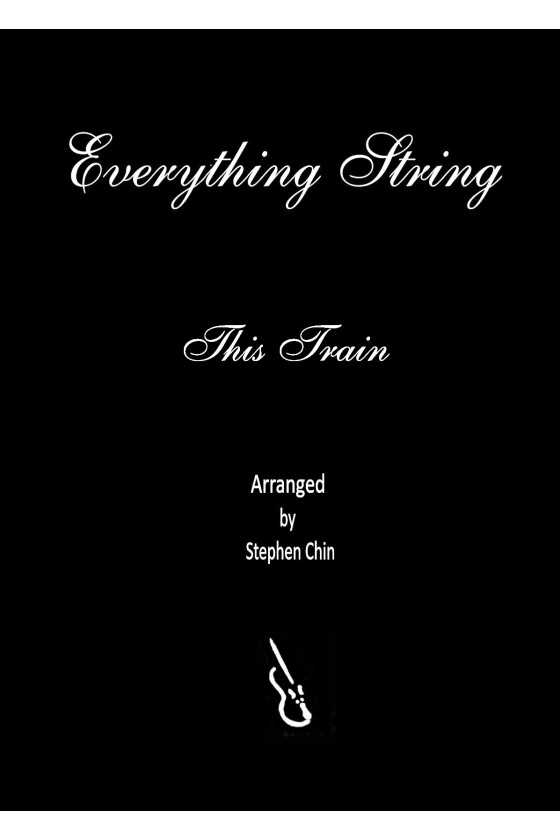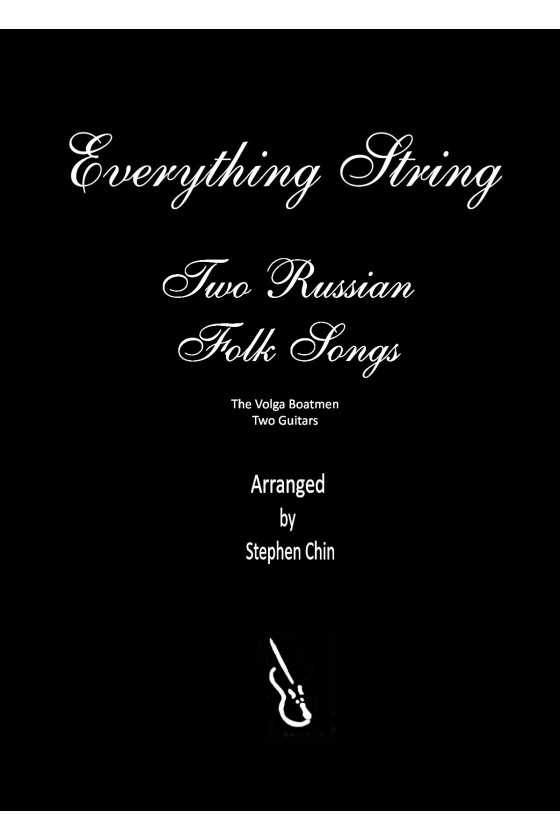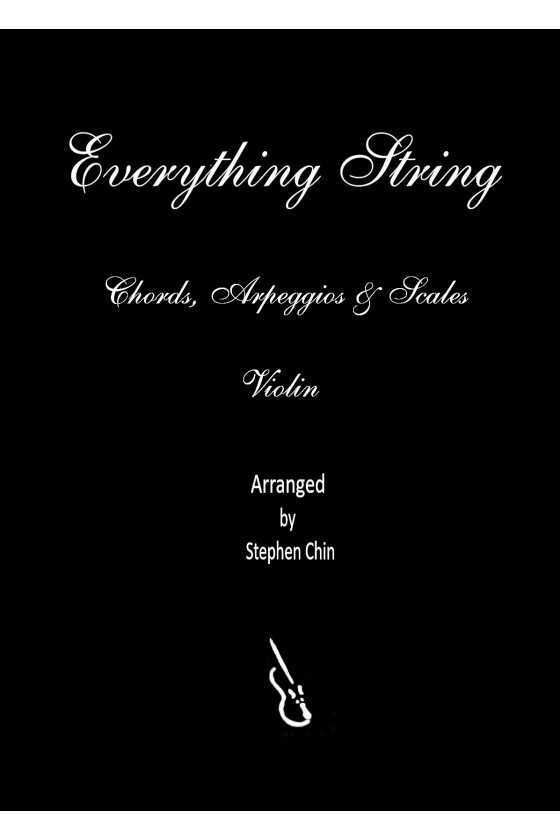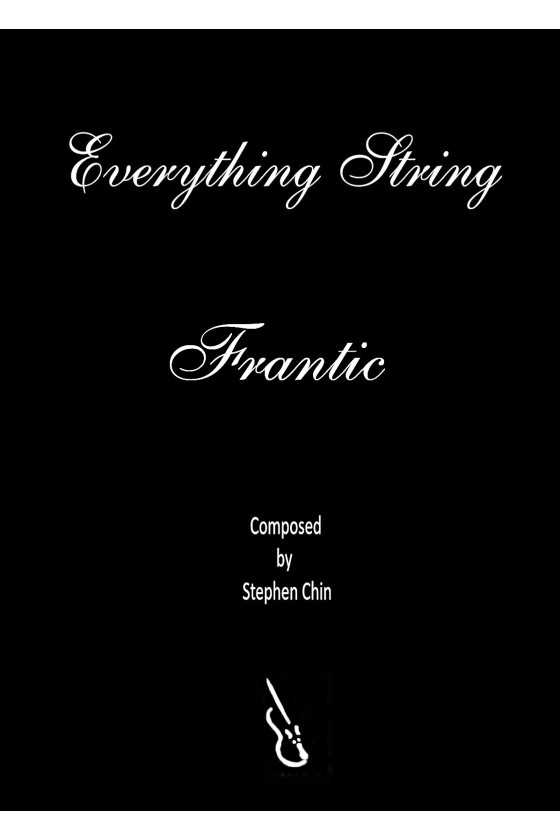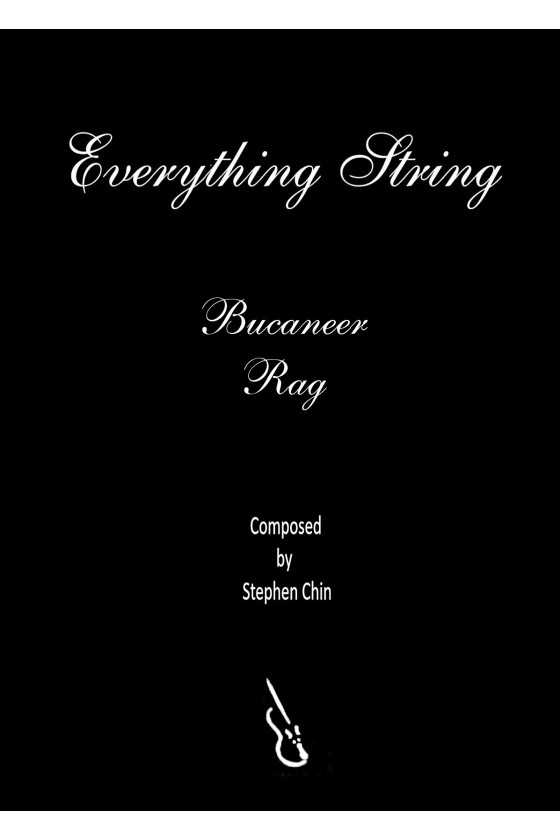Winter Waltz & Calypso Jive By Stephen Chin
"The Winter Waltz and the Calypso Jive are two very different works. The Winter Waltz is a delicate and melancholic piece, while the Calypso Jive is a lively and upbeat work based on an infectious rhythm that will have everyone tapping their toes!"
For String Orchestra Grade 1.5

